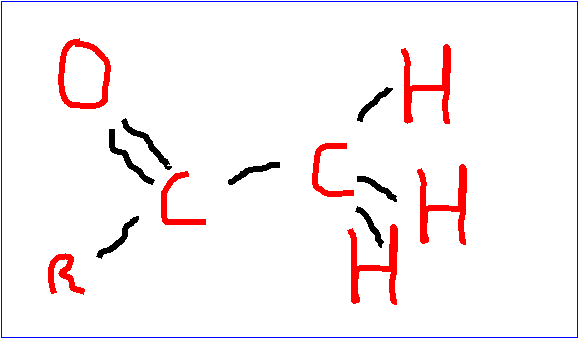
More brooding over epigenetics:
A friendly and quite brilliant friend of mine was once talking about mathematics, and in particular about numbers. He said you had integers (the whole numbers), fractions, zero, irrational numbers, “imaginary” numbers (based on the square root of minus 1) and combinations of them, and that was all. Period. Full stop. That’s all the numbers you have. I cudgeled my brains but could find no flaw in his argument. But what does trouble me is that “irrational number” category. It just means numbers that don’t fit into the other categories. It is a wastebasket. Of course any system is exhaustive if it includes a wastebasket. There is, I understand, a tribe for whom numbers go up to 3. They have no zero. They do have a word for “many” that includes any numbers other than 1 through 3. Their system is exhaustive. There are four categories of number for them. That is all. Period. Full stop. Yet I think they, too, are missing something.
So it is with epigenetics. Genes largely follow the logic we all were taught decades ago. DNA codes for information in the nucleus. RNA transfers the information to ribosomes in the cytoplasm. Thither messenger RNA bring amino acids, which are strung up according to the instructions in the information from the DNA to make proteins. To be sure there are refinements. There is a lot of postprocessing. The polypeptides (the proper word for a string of amino acids) must be folded and edited before the protein is complete. But the process seems really to go on.
Then there is the control system. We used to think that if you wanted, oh say more glucose 6 phosphatase, you simply evolved a gene that made more glucose 6 phosphatase. (Yes, it’s a protein, an enzyme that has something to do with hooking a phosphate onto glucose.) But it turns out that there are control systems. It’s not just all genes.
The control systems are said to be epigenetic. And as I believe I have pointed out, the effect of kinship on fertility happens too fast simply to be DNA mutations. DNA is very stable. So it has to be epigenetic. That’s by definition. And there are a lot of epigenetic mechanisms, just as there are a lot of numbers other than 1, 2 and 3.
For one thing the structure of a chromosome can affect the way its genes are expressed. For another there is the process of attaching an acetyl group to the histone protein with which the DNA double helix is associated.
Here’s kind of a picture of an acetyl group:

The black lines are bonds. The R means whatever the acetyl group is hooked onto. The O is an oxygen atom. C’s are carbon and H’s are hydrogen. Don’t try this at home. I learned commercial art in kindergarten.
Another way is to hook a methyl group (that would be the C and three H’s on the right) to the DNA.
And then there is control by RNA. That’s getting a lot of press these days. (for instance Long Noncoding RNA as Modular Scaffold of Histone Modification Complexes, Miao-Chi Tsai et al, SCIENCE vol. 329 no. 5992 August 6, 2010 page 698, The Long and the Short of It NATURE vol. 466 no. 7309 August 12, 2010 page 799 reviewing an article (Cell doi:10.1016/j.cell.2010.06.040 (2010)) and Mammalian MicroRNAs Prdominantly Act to Decrease Target mRNA levels, Hulli Guo, NATURE vol. 466 no. 7309 August 12, 2010 page 835)
RNA is generally based on DNA, and DNA is very stable. And chromosomal variations are awkward and rather unusual. I don’t think either is responsible for the mechanism at work recognizing kinship. I would think the methyl and acetyl groups would be the better bet.
There have been 5,413 visitors counted so far.